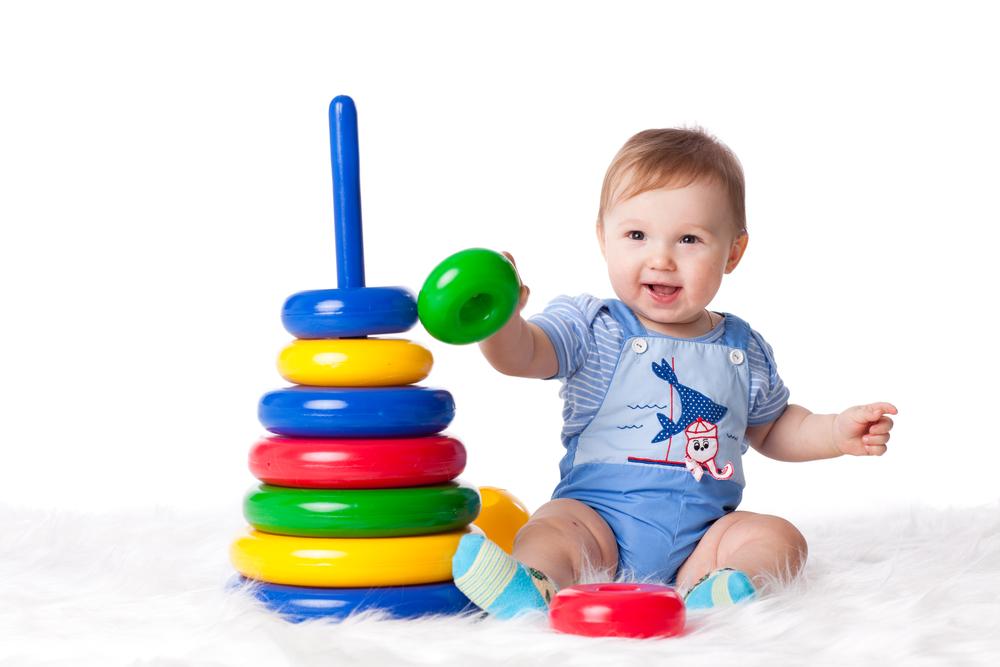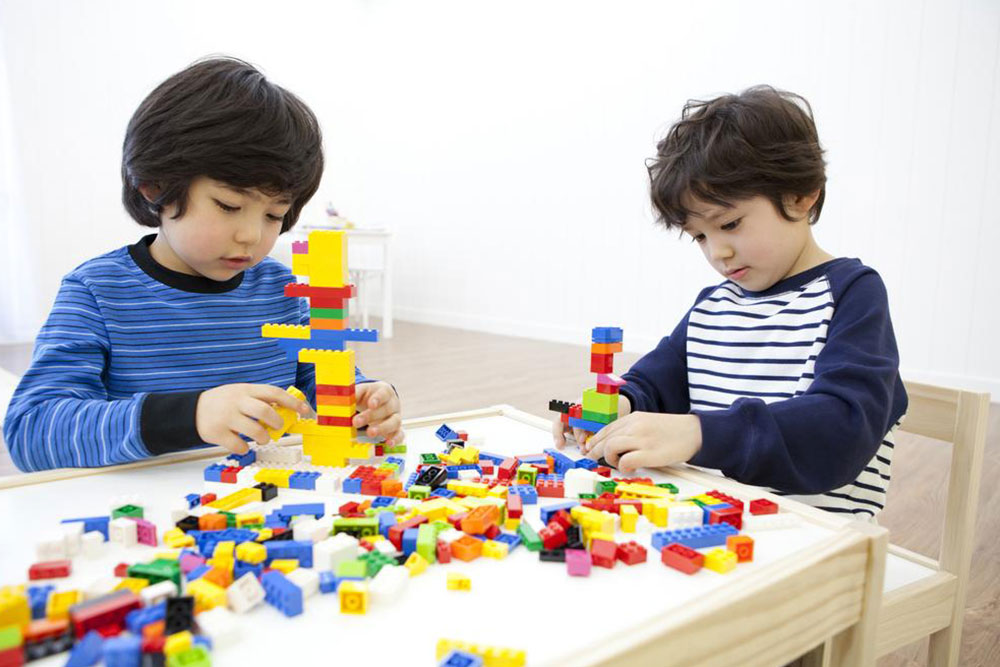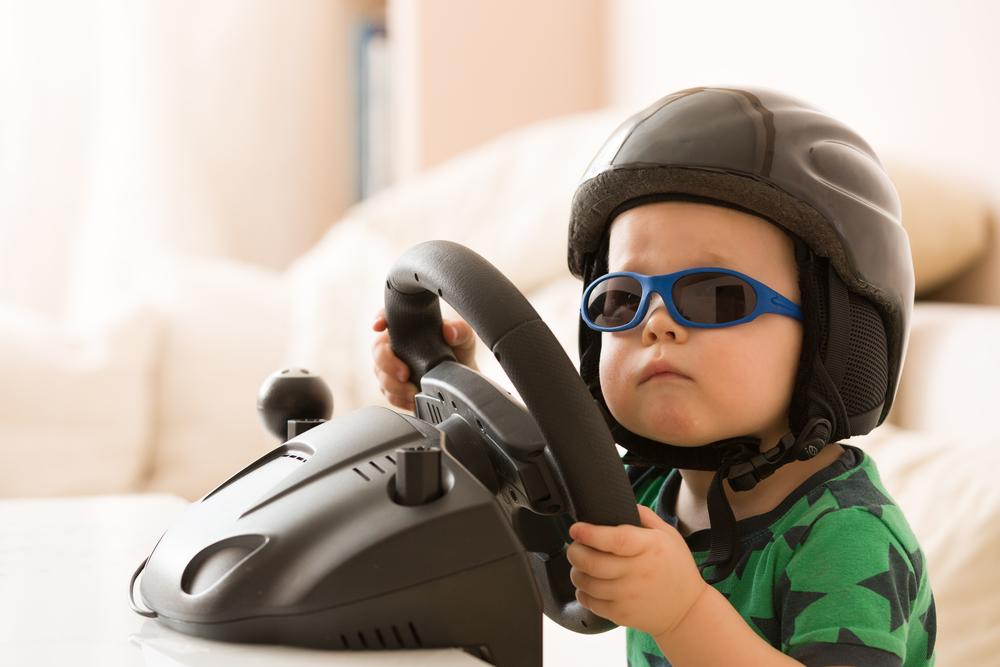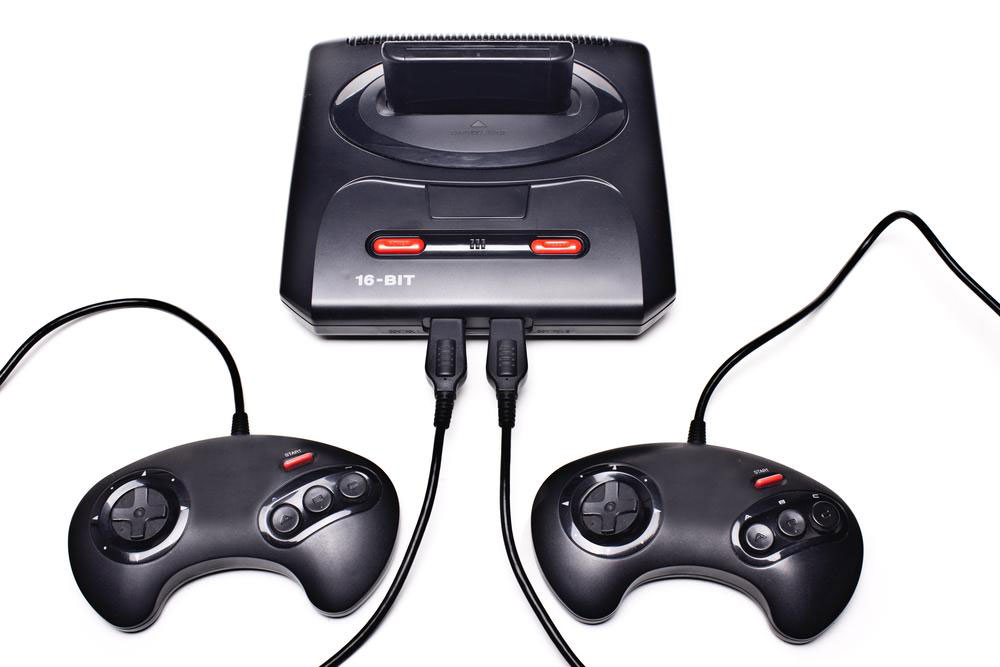Discover 6 Types of Puppets Perfect for Your Child's Playtime
Explore six diverse puppet types perfect for engaging children in playful learning. From simple finger puppets to intricate marionettes, discover options that boost creativity and motor skills. Our guide helps parents and educators choose the best puppets for developmental play, ensuring fun and educational experiences. Learn about each puppet style's features, benefits, and suitability for different age groups to enrich kids' imaginative play and storytelling skills.
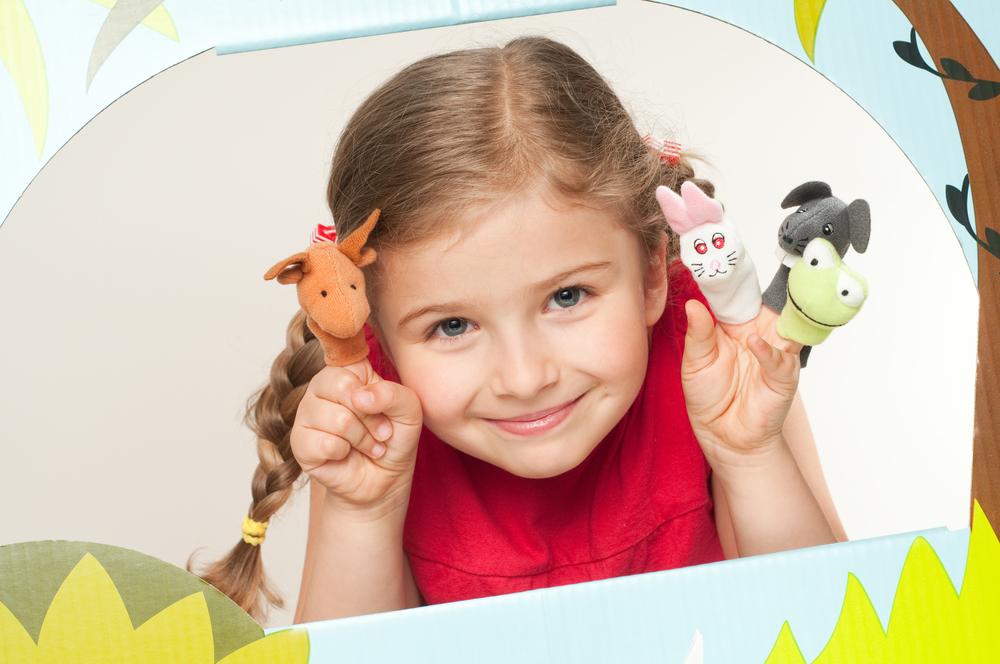
6 Exciting Puppet Varieties for Kids
Puppets are a fantastic way to encourage interactive and creative play in children. They help boost cognitive abilities and improve motor skills, especially in young kids. Educators often use puppets to support children with speech delays. At home, incorporating different puppet types can make playtime both fun and educational. Choosing the right puppet requires understanding the options available in the market, so your purchase effectively engages your child without becoming unused.
Before shopping, familiarize yourself with the various puppet styles to make an informed decision, ensuring your child's play area stays lively and stimulating.
Hand Puppets
Also known as glove puppets, these are popular among kids. They may feature a movable mouth and arms, or may be simple with no moving parts. Their large size and cute faces attract children, and they are easy to manipulate, even for young kids.
Finger Puppets
Small, easy-to-wear puppets that fit on individual fingers. Designed simply, they usually don't have movable parts. Kids under five enjoy pairing voices with these tiny characters, making them a perfect tool for imaginative storytelling.
Older children also enjoy these versatile puppets.
Rod Puppets
Equipped with sticks or rods attached to limbs or the body, these puppets are operated from below or above, often on a stage. They are best suited for older children or theatrical performances due to the skill needed to control their movements.
Hand and Rod Puppets
These combine finger manipulation with rod control, requiring both hands—one to move the mouth and the other for limb movement—providing a richer puppeteering experience.
Marionettes
String-controlled puppets that are complex to operate. Each movement involves managing multiple strings for different body parts. They are typically used in stage performances by trained puppeteers and are more suitable for advanced entertainment.
Ventriloquist Figures
Life-like puppets controlled with one hand, often used by ventriloquists. They are portable and easy to handle, though mastering the ventriloquist voice adds an extra level of challenge.
Note:
Our blog offers a wide range of informative content across various topics. While we strive for accuracy, readers should consider our articles as helpful guides rather than definitive sources. The website cannot be responsible for discrepancies or outdated information. Additionally, promotional offers or schemes change frequently and may vary from what is covered here.


